This week saw three important pieces of our fall work overlapping and developing together.
Bookshelves:
During one of our extended blocks, our learners worked closely with our building and engineering consultant Ross to start setting up their metal and wood for the bookshelves they’re designing. This mini engineering exploration is designed to give them the opportunity to work on scale drawings, design, feedback and iteration, and most importantly metalworking skills that they will need in order to do the larger project in transportation. The week before, they had moved their ideas from paper sketches to one quarter scale prototypes made out of foamcore, wood towels, and other appropriate materials. Now was their chance to learn how to work with the tools that allow metalwork to happen: reciprocal saws, grinders, welders, sanders to name a few. We unpackaged the new tools, and the students created guide sheets on the safety and proper operation of the tools that they shared and then posted in class.By the end of next week, all of their pieces should be cut and ready to be assembled into their design.
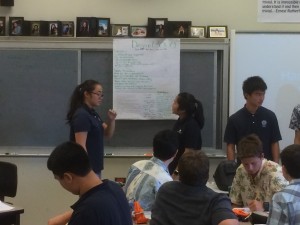
Motion/kinematics:
In order to develop the proper terminology in transportation, we are working towards better understanding motion, and the mathematics of linear and nonlinear relations (for example, when that object changes its speed, what are the mathematical models that govern that kind of behavior?). We’ve already developed baseline terminology and understanding of motion through looking at constant velocity, and this week we added a new motion to understand, what happens when an object changes its velocity? Students conducted an experiment on an inclined plane, and are collecting data to build mathematical models but they can use to create predictive models for motion that is much more complex. It was exciting to see some students already derive their mathematical models, and one group did a predictive analysis of how far their car would’ve gone if it continued in its motion for 60 seconds – it showed a wonderful connection between the models they were creating and the real world result of them. Terminology like friction, acceleration and terminal velocity came up in our conversations which is exactly where this experience was designed to lead us towards. Of course, this will lend itself to quadratic’s which are a key component of our Algebra 2 curriculum.
Transportation/bicycles:
The biggest event of the week was our first trip to KVIBE ( Kalihi Valley Instructional Bike Exchange). We spent over three hours at their Kalihi facility with students getting a broad overview of the community outreach work that KVIBE does, and then we dove into the mechanics of bicycles under the excellent tutelage of Marcos, Galen, and Lorenzo. We did some work with naming of parts, but the key experience for students was understanding how the wheel (hub, spokes, rim) works and to take apart and reassemble the wheel hub – cleaning bearings in understanding the ways that it is put together to create a nearly frictionless rotational center for the wheel. In the process of explaining the mechanics of the bicycle, a large number of significant physics terminology came into our language – tension, torque, peer pressure, friction, statics… As they were explaining their work, Lorenzo commented with great emphasis “the bicycle is truly a marvel of engineering!”. Students worked with their teams, and were both collaborative and diligent in tackling the task of disassembling and reassembling wheels to better understand how they work, and the physics concepts underlying them.
All in all, it was rewarding to see our students tying together these three strands looking towards the broader goal of designing and sharing ideas about their learning with the community. Students have already talked about sharing their knowledge with other schools about how to repair bicycles, putting up instructional webpages about the values (health, environment, social connection) and giving examples of how to live a more sustainable lifestyle. It was an exciting week!
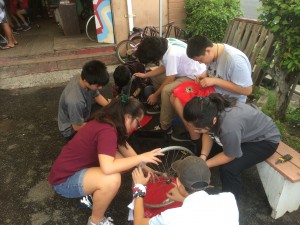
*** All of our photos for the year are kept on our Flickr page here: https://flic.kr/s/aHskiFvesE

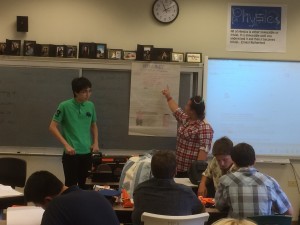

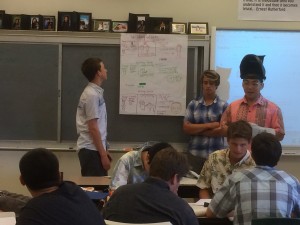
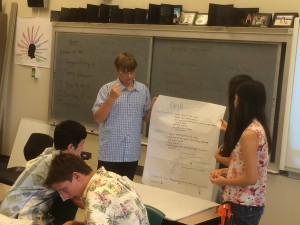
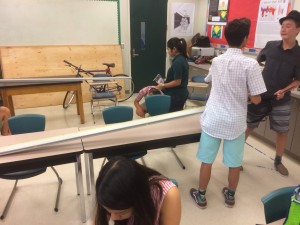
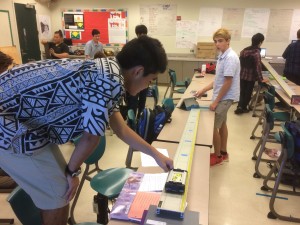
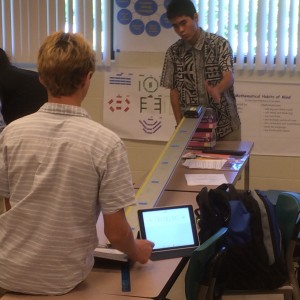
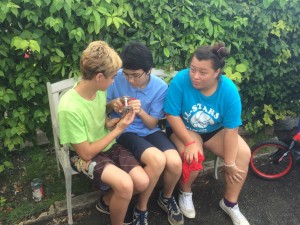
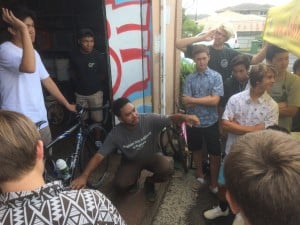
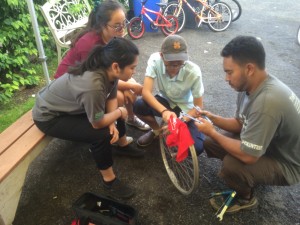
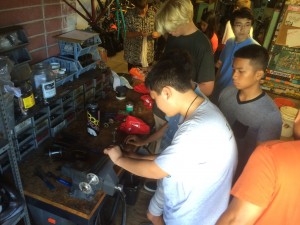
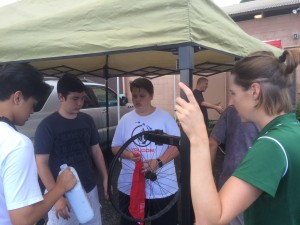
thank you for the photos and summary!